Do Spiders Eat Termites? My Fascinating Discovery!
Did you know that spiders can consume up to 2,000 insects in a single year? It’s wild to think about how these crafty spiders, with spider predation, play a role in controlling troublesome insects populations using various spider species. One question I often hear is: do spiders eat termites? The answer is yes! Spiders are natural predators of many pests, including termites.
Understanding this relationship helps me appreciate the balance in our ecosystems. By keeping termite numbers in check, spiders contribute to maintaining healthy homes and environments. In this post, I’ll dive deeper into the fascinating world of spiders and their role as termite hunters. Get ready to discover more about these incredible creatures and what they mean for pest control.
Do Spiders Eat Termites

Diet Overview
Spiders do consume termites as part of their diet. They are carnivorous creatures. Their primary diet consists of insects and other small arthropods. This includes various pests like flies, mosquitoes, and indeed, termites. I find it fascinating how spiders can adapt their eating habits based on the availability of prey in their environment.
Spiders use silk webs to trap their food. Once caught, they inject venom into their prey. This venom immobilizes the insect and begins the digestion process. Different spider species have different hunting techniques. Some actively hunt while others wait for prey to come to them.
Types of Pests
Spiders can eat multiple types of pests, including termites. They play a significant role in controlling pest populations. This is beneficial in natural ecosystems and even in urban settings. For example, I often notice spiders in my garden catching unwanted insects, which helps keep the garden healthy.
Common spiders that eat termites include wolf spiders and orb-weavers. Wolf spiders hunt down their prey on foot. Orb-weavers build intricate webs to catch flying insects. Both types contribute to reducing pest numbers, but they do not eliminate termite problems entirely.
Limitations
While spiders eat termites, they are not a solution for termite infestations. Termites reproduce quickly and can damage wooden structures if left unchecked. A few spiders won’t significantly affect a large infestation. Homeowners should not rely solely on spiders for pest control.
Effective termite management requires professional intervention. Pest control experts can assess the situation and implement strategies to eliminate termites. This may involve baits or chemical treatments specifically designed for termites.
Spider Diet and Pest Control
Varied Diet
Spiders have a varied diet that includes many household pests. They consume insects like flies, mosquitoes, and even termites. This diet plays a significant role in keeping pest populations under control. I often notice spiders in corners of my home, and I appreciate their presence for this reason.
Spiders use their silk to trap prey. Once caught, they inject venom to immobilize their food. This predation helps reduce the number of unwanted insects in homes. However, not all spiders will eat termites specifically. Their diet can vary based on species and availability of food.
Contribution to Pest Control
Spiders are natural pest controllers. They help manage populations of various insects. By consuming pests, they reduce the need for chemical treatments in homes. Many people overlook this benefit when considering spider infestations.
In my experience, seeing a spider in my garden means fewer pests around. Spiders can significantly lower the number of harmful insects. This aspect makes them valuable allies against pest issues.
Limitations of Spider Predation
Relying solely on spiders for pest control is insufficient. While they do help with pest elimination, they cannot handle large infestations alone. For example, if you have a severe termite problem, you may need professional pest control services.
In some places, there might not be sufficient spiders to control pests properly. When there are too few spiders around, pest issues can escalate rapidly. It has been discovered that better outcomes are achieved by combining various methods.
Importance of Integrated Approaches
Using an integrated approach works best for pest management. Combining spiders with other methods ensures effective pest control. Regular cleaning and maintenance also play vital roles in reducing pest issues.
Pest elimination requires attention to detail. Sealing cracks and removing food sources limits access for pests. I have found that keeping my surroundings clean decreases the chances of infestations.
Spider Species That Hunt Termites

Termite Predators
Certain spider species actively hunt termites. These spiders are known for their ability to capture and consume these insects. Voracious termite predators like the Theridiidae family, specifically Steatoda species, excel at this task. They use their webbing to trap winged termites during swarming seasons.
Wolf spiders from the _Lycosidae_ family are known for their hunting skills as they do not build webs to catch their prey. Instead, they actively pursue termites with impressive speed and agility, making it intriguing to observe their ability to capture these insects.
Hunting Techniques
Different spider species employ various techniques to catch termites. Web-building spiders create sticky traps that ensnare unsuspecting insects. These webs can be placed near termite nests or flight paths.
Wolf spiders, on the other hand, rely on stealth and speed. They ambush termites when they are most vulnerable. Their keen eyesight helps them spot movement in low light. This hunting method makes them effective against certain termites.
Limited Focus
Not all spider species target termites as prey. Many spiders prefer other insects like houseflies or mosquitoes. This limits their effectiveness in controlling termite populations.
Certain habitats may also influence spider behavior. For instance, some spiders thrive in damp environments where termites are abundant. Others may avoid these areas altogether. I have seen this firsthand in my garden, where different types of spiders occupy distinct spaces.
Spider Taxonomy
Understanding spider taxonomy helps identify which species hunt termites. Spiders belong to various families and genera, each with unique characteristics. Some families specialize in predation while others focus on scavenging or web-building.
The classification of spiders can reveal potential termite hunters. For example, the Linyphiidae family contains many small spiders that also feed on pests but do not primarily target termites.
Common Characteristics
Effective termite hunters share specific traits. Speed and agility are crucial for catching swift insects like termites. Strong fangs enable them to deliver venom quickly, incapacitating their prey.
Camouflage plays a role in hunting success. Spiders that blend into their surroundings can ambush unsuspecting termites more effectively.
Hunting Techniques of Spiders
Web Spiders
Web spiders use silk to create intricate webs. These webs trap insects, including termites. The design varies among species. Some create orb-shaped webs, while others opt for funnel or sheet webs. I find it fascinating how these resourceful spiders can adapt their web type to their environment and prey.
Once a termite lands in the web, the spider quickly senses the vibrations. It rushes in to immobilize its prey with venom. This swift action is essential for survival. Without quick reflexes, they risk losing their meal.
Lizard Spiders
Lizard spiders exhibit unique hunting strategies. They often rely on camouflage to blend into their surroundings. This stealth allows them to ambush unsuspecting termites. They remain motionless until the right moment arises.
These crafty hunters wait patiently for hours. I admire their ability to stay still without moving a muscle. When a termite comes near, they strike with lightning speed. Their quick movements ensure a successful catch.
Trapdoor Spiders
Trapdoor spiders use an entirely different approach. They build silk-lined burrows and cover them with camouflaged lids. This strategy keeps them hidden from potential prey, such as termites.
When a termite wanders too close, the trapdoor spider springs into action. It opens its door and grabs the unsuspecting insect before it can escape. This method showcases the patience and stealth that many spiders possess.
Crab Spiders
Crab spiders also employ ambush tactics in their hunting methods. They often rest on flowers, waiting for insects to approach. Their appearance blends well with petals, making them hard to spot.
When a termite comes searching for nectar, the crab spider strikes swiftly. It captures its prey before it even realizes danger is near. Observing this hunting technique reminds me of how nature balances predator and prey.
Common Spiders
Many common spiders use various strategies to hunt termites effectively. Each species has adapted to its environment over time. Some spiders actively chase after termites, while others prefer waiting in silence.
This variety in hunting techniques shows how diverse arachnids can be. It highlights their ability to thrive in different habitats around the world.
Role of Webs in Capturing Termites
Web Functionality
Spider webs serve as effective traps for termites. These insects often wander into the sticky threads without realizing the danger. Once caught, they struggle and become more ensnared. The silk of the web is designed to immobilize prey quickly. I find it fascinating how a seemingly simple structure can have such a deadly purpose.
The adhesive properties of the web are crucial. Spiders produce silk that is both strong and sticky. This combination allows them to capture insects that might otherwise escape. Termites, being small and lightweight, are particularly vulnerable. They do not have the instincts to detect these traps.
Design and Structure
The design of spider webs varies among species. Orb-weaver spiders create circular webs that are highly efficient. These webs have radial lines that support spirals of silk. This structure maximizes surface area, increasing the chances of catching termites.
Other types of webs include funnel-shaped and cobwebs. Funnel webs trap insects by creating a narrow entrance. Cobwebs, on the other hand, are messy and irregular but still effective. Each design serves a purpose in capturing prey, including termites.
I remember observing a funnel-web spider in my backyard once. It was amazing to see how quickly it could respond when an insect entered its territory. The speed at which it moved showed me how well-adapted these spiders are for hunting.
Variation Among Spiders
Not all spiders rely on webs to catch their prey. Some species prefer active hunting techniques instead. For example, wolf spiders chase down their food rather than waiting for it to get trapped. This difference affects their ability to catch termites.
Web-building spiders depend on their structures for success. However, those that hunt actively must rely on speed and agility. Each strategy has its advantages and disadvantages when targeting termites.
Understanding these differences helps illustrate the diversity in spider behavior. I often think about how each spider has evolved unique methods for survival. Their adaptations highlight the complexity of nature.
Impact on Termite Populations
Limited Control
Spiders have a limited impact on controlling termite populations. They can capture some termites that wander into their webs. However, this capture does not significantly reduce the overall number of termites in an area. I have observed spiders in my home, but they rarely manage to catch enough termites to make a noticeable difference.
Partial Reduction
Spiders may reduce the number of termites, but they cannot eliminate them entirely. A spider’s diet includes various insects, including termites. Yet, a single spider or even several spiders do not have the capacity to control large termite colonies effectively. Homeowners often face ongoing challenges with termite infestations despite the presence of spiders.
Ineffective Management
Spiders alone cannot manage large termite colonies effectively. Termites live in colonies that can contain thousands of individuals. These colonies build extensive networks underground and within wood structures. Spiders do not have the tools or strength to penetrate these defenses. Even if they catch a few termites, it doesn’t address the root of the problem.
Damage and Destruction
The damage caused by termites can be severe. They consume wood and other cellulose materials, leading to structural damage in homes. This destruction can become costly for homeowners if left unchecked. Relying solely on spiders for termite management is not a practical solution.
Homeowner Awareness
Homeowners need to be aware of the limitations of spiders in controlling termite populations. Many people mistakenly believe that having spiders around will solve their termite issues. In reality, it is crucial to implement comprehensive pest control strategies. Regular inspections and treatments are necessary for effective management.
Termite Defense Mechanisms
Communication
Termites have a unique way of communicating. They use pheromones to send signals to each other. This chemical communication helps them alert their colony about threats like spiders. When one termite senses danger, it releases pheromones. Other termites quickly respond and gather for defense.
I find it fascinating how these tiny creatures work together. Their teamwork is crucial for survival against predators.
Group Defense
Termites rely on group defense strategies. Individual termites may be vulnerable, but the colony acts as a unit. They can swarm around a predator like a spider to confuse it. This overwhelming number can deter even the hungriest spider.
Reproductive termites also play a role in defense. They may not fight directly, but their presence encourages workers to protect the colony.
Physical Adaptations
Termites have developed several physical adaptations for protection. Some species have hard exoskeletons that make it difficult for spiders to bite through. Others can produce chemicals that repel predators. These adaptations help them survive attacks.
Flying termites often escape threats by swarming away from danger during their mating season. This behavior reduces the chances of being caught by predators.
Behavior Against Spiders
Termites exhibit specific behaviors when facing spider threats. They will retreat into their tunnels when they sense danger. These tunnels provide shelter and safety from predators. Termites can quickly disappear from sight, making it harder for spiders to catch them.
Spiders and termites have a unique relationship where spiders often hunt termites for food. To protect themselves, termites use a tactic called “tandem running” where they closely follow each other to quickly escape from becoming spider prey.
Larvae Protection
Termite larvae need extra protection from predators like spiders. Worker termites often carry larvae back to safety during an attack. They place larvae in secure areas within their nests. This ensures that the next generation remains safe from harm.
It’s interesting to note how much care goes into protecting young termites.
Natural Pest Control
Spiders can be natural termite predators, but termites have adapted well over time. Their communication and teamwork help them fend off these pests effectively. By using their natural defenses, termites maintain their populations despite potential threats.
In my experience with pest control methods, understanding these defenses is key for effective management strategies.
Ecological Balance Between Spiders and Termites
Roles in Ecosystem
Spiders and termites play crucial roles in the ecosystem. They maintain a balance that supports various forms of life. Spiders act as predators, while termites serve as decomposers. Each contributes to nutrient cycling in their environment.
I find it fascinating how these two species interact within nature. Their relationship highlights the complexity of food webs. This complexity ensures that energy flows through different levels of the ecosystem.
Food Web Dynamics
Spiders eat termites, but this is just one part of a larger food web. Many creatures rely on spiders for food, such as birds and small mammals. In turn, spiders help control termite populations. This control prevents any one species from becoming too dominant.
The presence of enough spiders can limit termite spread in homes and properties. A balanced population keeps both species in check. When I see a spider in my house, I remind myself that it plays an important role in controlling pests.
Impact on Homes
Termites can cause significant damage to homes if left unchecked. They feed on wood and other cellulose materials. However, spiders can help mitigate this risk by reducing termite numbers. This natural pest control is beneficial for homeowners.
Many people may not realize that having spiders around can be advantageous. They often think of spiders as pests themselves. Yet, they contribute to keeping our living spaces safe from damaging insects like termites.
Interconnectedness of Species
The relationship between spiders and termites illustrates interconnectedness in nature. Each species affects the other’s survival and population dynamics. Without spiders, termite populations could explode, leading to extensive property damage.
Conversely, without termites, the ecosystem would lose important decomposers. Their role helps recycle nutrients back into the soil. This process supports plant growth and overall biodiversity.
Conclusion:
Spiders do eat termites, and their relationship is crucial for maintaining ecological balance. Understanding how spiders hunt and capture termites helps me appreciate their role in pest control. I’ve seen firsthand how spider species adapt their techniques to target these pests effectively, keeping termite populations in check.
This knowledge empowers me to recognize the importance of both spiders and termites in our environment. If you’re dealing with pests, consider the natural benefits of spiders. They might just be the allies you need. Let’s embrace this fascinating dynamic and promote a healthier ecosystem together.
FAQ’s:
Yes, some spider species do eat termites. They are opportunistic predators that can hunt and consume termites when available.
Certain spiders, like the wolf spider and some orb-weavers, actively hunt and eat termites as part of their diet.
Spiders use various hunting techniques, including ambush and web trapping, to catch termites effectively.
Yes, spider webs can trap flying or wandering termites, making it easier for spiders to capture their prey.
Spiders help control termite populations by preying on them, contributing to ecological balance in their habitats.
Termites have several defense mechanisms, such as swarming behavior and chemical signals, to deter predators like spiders.
Spiders and termites maintain an ecological balance. Spiders control termite populations while benefiting from them as a food source.



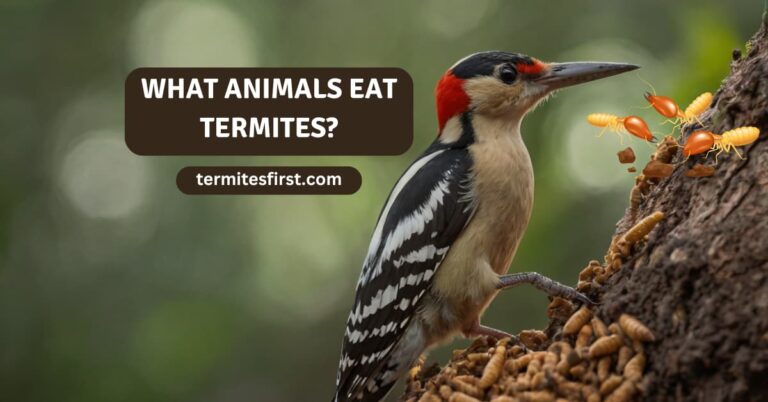
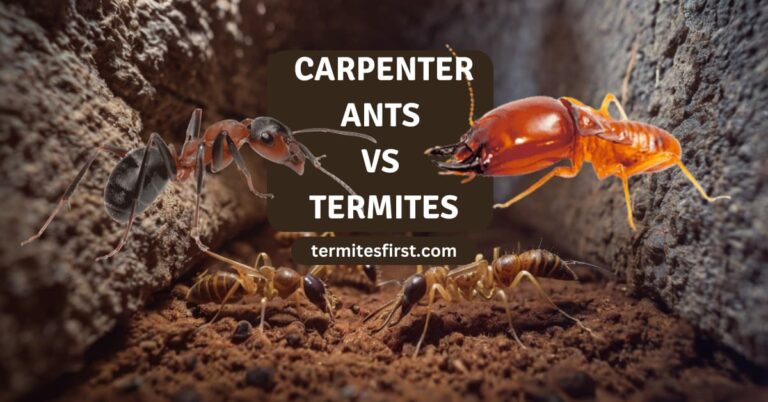
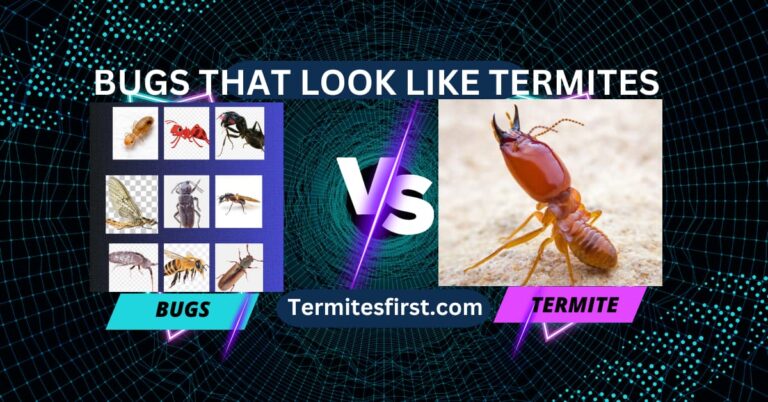
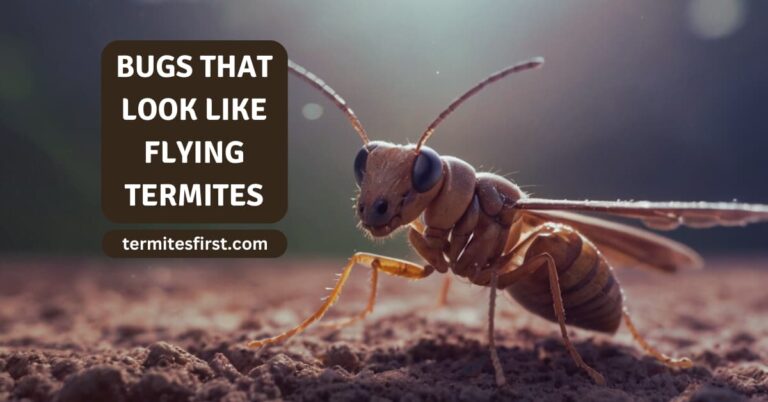
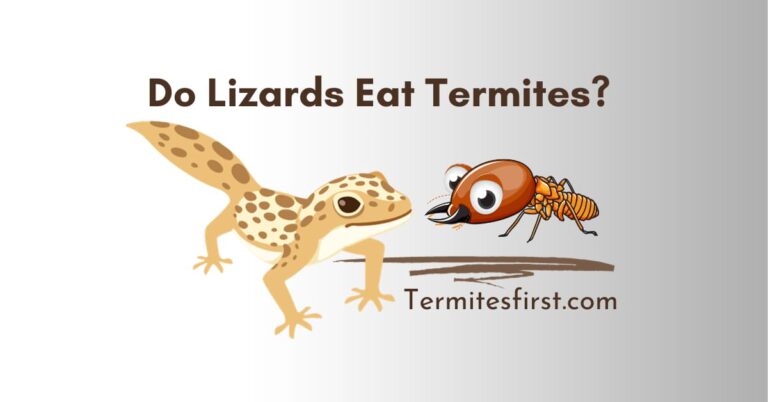
3 Comments